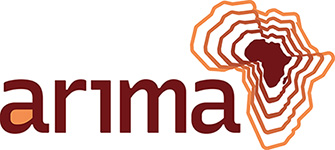 |
Albert Kouchéré ; Hamadjam Abboubakar ; Irepran Damakoa - Analysis of a mosquito life cycle model
arima:6697 - Revue Africaine de Recherche en Informatique et Mathématiques Appliquées, 16 juin 2021, Volume 34 - Numéro spécial CARI 2020 - 2021 - https://doi.org/10.46298/arima.6697- 1 University of Maroua
- 2 Institut Universitaire de Technologie - Ngaoundéré
- 3 Université de Ngaoundéré/University of Ngaoundéré [Cameroun] [UN]
The gonotrophic cycle of mosquitoes conditions the frequency of mosquito-human contacts. The knowledge of this important phenomenon in the mosquito life cycle is a fundamental element in the epidemiological analysis of a communicable disease such as mosquito-borne diseases.In this work, we analyze a deterministic model of the complete life cycle of mosquitoes which takes into account the principal phases of female mosquitoes' gonotrophic cycle, and the Sterile Insect technique combined with the use of insecticide as control measures to fight the proliferation of mosquitoes. We compute the corresponding mosquito reproductive number N ∗ and prove the global asymptotic stability of trivial equilibrium. We prove that the model admits two non-trivial equilibria whenever N^{∗} is greater than another threshold, N_c, which the total number of sterile mosquitoes depends on. Numerical simulations, using mosquito parameters of the Aedes species, are carried out to illustrate our analytical results and permit to show that the strategy which consists in combining the sterile insect technique with adulticides, when it is well done, effectively combats the proliferation of mosquitoes.
